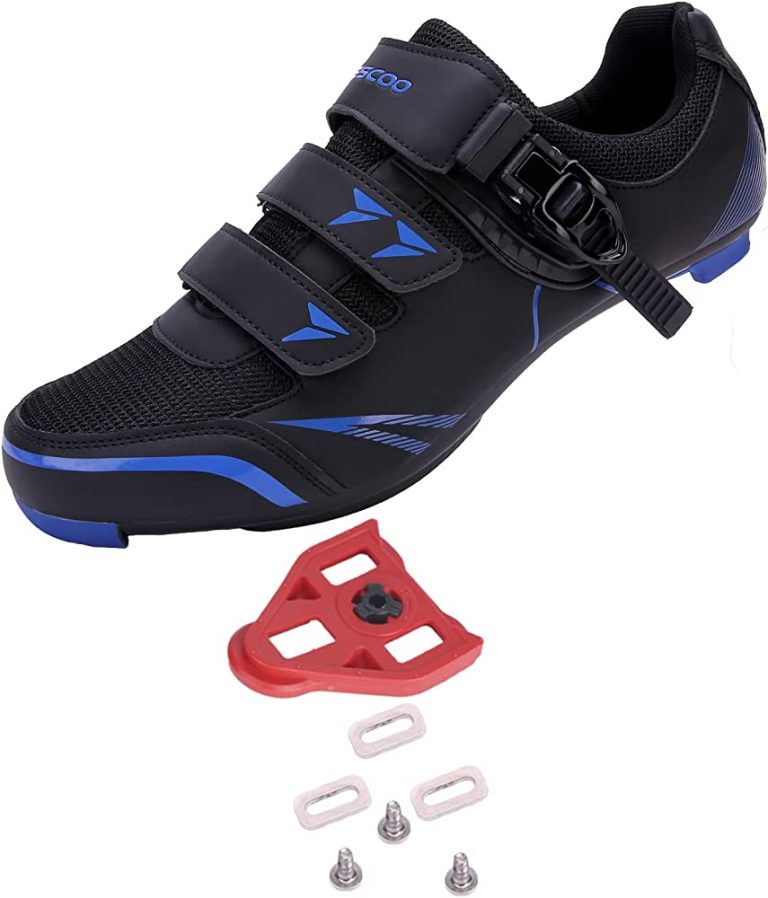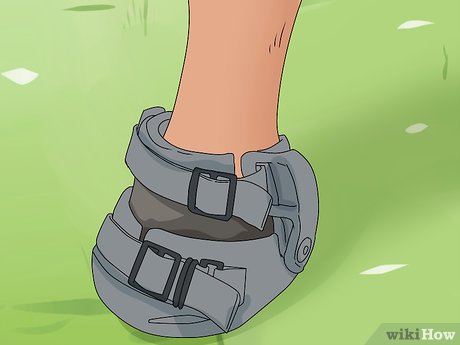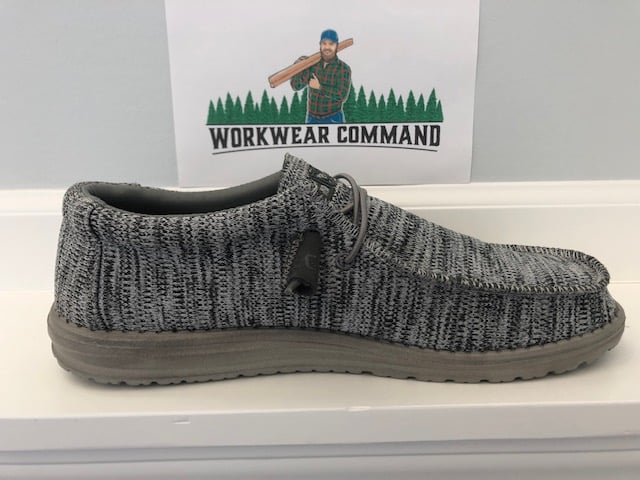What Do Gs Mean in Shoes
The term “Gs” in shoes stands for “Grammes,” which is the unit of measurement for how much a shoe weighs. In general, the heavier the shoe, the more grams it will weigh.
When it comes to shoes, the “G” designation can mean a lot of different things. Generally speaking, though, it indicates that the shoe is made for a wider foot. This can be especially important for people with larger feet, as finding shoes that fit well can be difficult.
G-width shoes are typically designed to provide more support and stability, making them ideal for athletes or anyone who needs a little extra help in the footing department. If you’re looking for a pair of shoes that will accommodate your wider feet, be sure to check out the G-width options available.
What Does Ps Mean Shoes
“Ps” stands for “price per share.” In the stock market, shares are units of ownership in a company. The price of a stock is the price per share multiplied by the number of shares outstanding.
For example, if Company XYZ has 1 million shares outstanding and the stock price is $10 per share, then the market value of Company XYZ is $10 million.

Credit: poshmark.com
What is Gs in Shoe Size?
When it comes to shoe size, GS simply stands for grade school. This is the sizing used for children’s shoes, typically ranging from 3.5-7 in youth sizes. Anything above a 7 is considered a men’s/women’s size.
So if you see a shoe that is listed as a GS 8, that means it is an 8 in grade school sizing, or a women’s size 10.
Is Gs 7 the Same As Men’S 7?
No, a GS 7 is not the same as a Men’s 7. The two sizes are based on different measurement systems. A GS 7 is a women’s shoe size, while a Men’s 7 is a men’s shoe size.
The two sizes are not directly comparable.
What Does Gs And Ps Mean in Shoes?
When shopping for shoes, you may have come across the abbreviations “GS” and “PS.” These refer to kids’ shoe sizes, with GS standing for grade school and PS being short for preschool.
Grade school sizing starts at size 3.5 for boys and size 5 for girls, while preschool sizes begin at 10.5 for boys and 11.5 for girls.
The reason why there is a size discrepancy is because children’s feet grow at different rates. For example, a boy who is 4 years old may wear a size 4 in grade school shoes, but he would need a size 5 in preschool shoes due to his age/size ratio being off.
The best way to determine what size your child needs is to measure their foot using a ruler or tape measure.
Once you have their foot measurement, you can then use a shoe sizing chart to find the corresponding GS or PS size. Keep in mind that these are only guidelines – ultimately it’s up to you as the parent to decide if the shoe fits well enough to purchase!
Can I Wear Gs Size Shoes?
For those of us with larger feet, finding stylish and well-fitting shoes can be a real challenge. While there are more and more companies catering to the needs of people with big feet, sometimes it can still be difficult to find exactly what you’re looking for. So, the question is – can you wear GS size shoes?
The answer is yes! You can most definitely wear GS size shoes. In fact, many people with larger feet find that GS sizes are actually a better fit for them than regular sizes.
The reason for this is that GS sizes are designed to accommodate wider feet, so they tend to be a bit roomier in the toe area. This can make them much more comfortable to wear, especially if you have problems with your toes being cramped in regular-sized shoes.
Of course, just because you can wear GS size shoes doesn’t mean that every pair of GS shoes will be a perfect fit.
As with anything else, it’s important to try on different styles and brands before settling on the right pair for you. But don’t let the fact that they’re labelled as “GS” stop you from giving them a try – you might just be surprised at how well they fit!
DOES NIKE CARE ABOUT GS SNEAKERS..? The REAL Difference Between GS and MENS SNEAKERS ‼️
Conclusion
The term “G” in shoes refers to the width of the shoe. There are three different widths that are commonly used: narrow (N), medium (M), and wide (W). The width of the shoe is relative to the foot’s width, so a person with a narrow foot would need a narrower shoe than someone with a wide foot.
The term “G” is typically used when referring to men’s shoes, but it can also be applied to women’s shoes.





